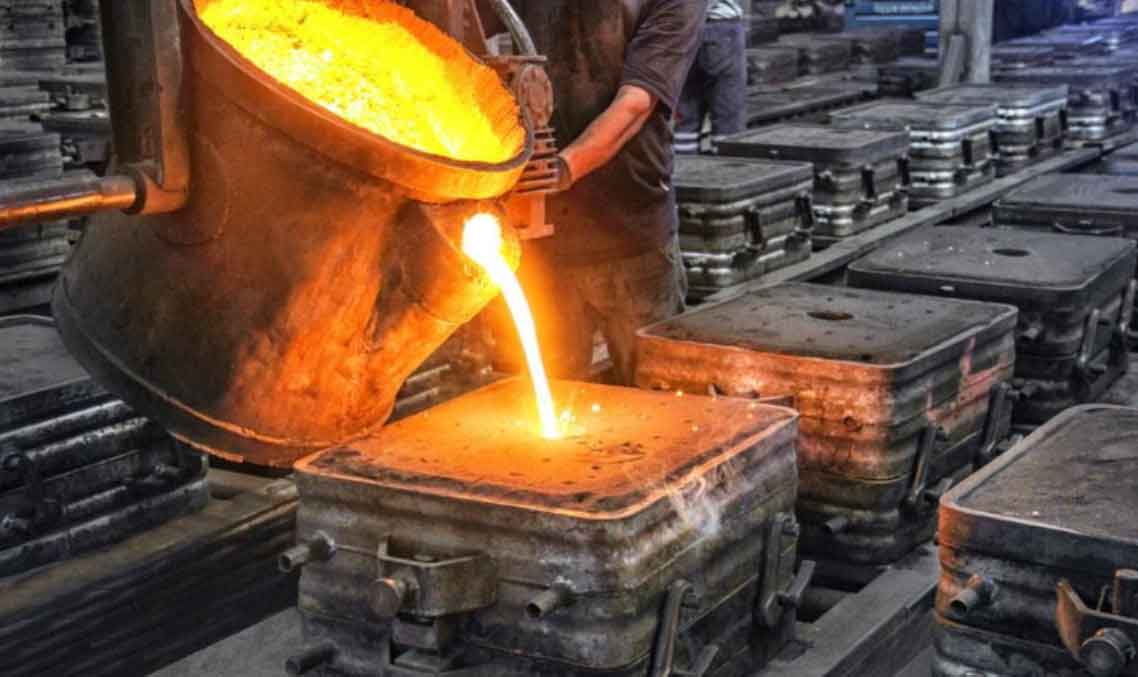
Quality control measures are essential in sand casting manufacturing to ensure the precision, reliability, and consistency of the castings produced. These measures help identify and rectify defects, maintain product integrity, and meet the desired quality standards. Here are some key quality control measures commonly employed in sand casting manufacturing:
1. Dimensional Inspection:
- Regular dimensional inspection is crucial to verify that the castings meet the specified tolerances and dimensional requirements. Coordinate measuring machines (CMMs) and other precision measuring tools are used to ensure accuracy.
2. Visual Inspection:
- Visual inspection is conducted to identify surface defects, such as cracks, inclusions, porosity, and surface finish issues. Trained inspectors examine the castings thoroughly, both before and after cleaning processes.
3. Non-Destructive Testing (NDT):
- NDT techniques, such as X-ray, ultrasonic testing, magnetic particle inspection, and dye penetrant inspection, are used to detect internal defects and ensure the integrity of the castings.
4. Casting Simulation and Analysis:
- Casting simulation software is employed to analyze and optimize the gating and riser systems, predict potential defects, and ensure a sound casting process before production.
5. Material Analysis:
- Material analysis is conducted to verify that the castings meet the required material properties and composition. Chemical analysis and mechanical testing are typical methods used for material verification.
6. Process Monitoring and Control:
- Monitoring and controlling process parameters, such as pouring temperature, solidification time, and cooling rate, are critical to ensure consistent casting quality. Real-time data collection helps identify deviations and implement corrective actions.
7. Sand Testing and Reclamation:
- Sand testing is carried out to maintain the quality and properties of the molding sand. Regular sand reclamation ensures that the sand is in optimal condition for casting.
8. Quality Management System (QMS):
- Implementing a QMS, such as ISO 9001, helps ensure that all processes are well-documented, controlled, and continuously improved. It establishes standard operating procedures and sets guidelines for quality control measures.
9. Controlled Pouring Techniques:
- Employing controlled pouring techniques, such as using filters and pouring cups, helps reduce the risk of inclusions and porosity in the castings.
10. Employee Training and Skill Development:
- Well-trained and skilled employees are essential for maintaining quality standards. Providing training and skill development programs for employees ensures that they have the necessary expertise to carry out their tasks effectively.
11. Statistical Process Control (SPC):
- SPC involves using statistical techniques to monitor and control the casting process. It helps identify trends, variations, and potential issues, enabling proactive measures to maintain quality.
12. Quality Audits:
- Regular quality audits, both internal and external, are conducted to assess the adherence to quality standards and identify opportunities for improvement.
By implementing these quality control measures, sand casting manufacturers can ensure that their castings meet the required specifications, comply with industry standards, and consistently deliver precision components to their customers. The continuous improvement and commitment to quality are critical factors in achieving excellence in sand casting manufacturing.
